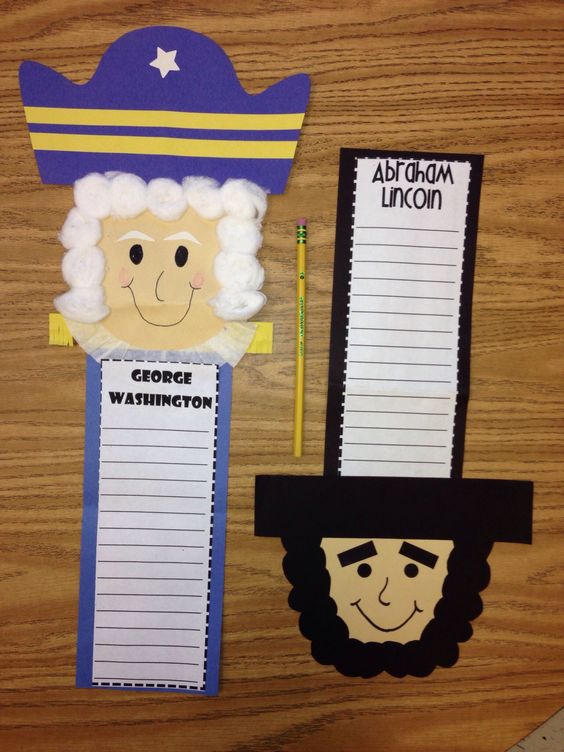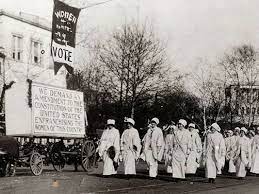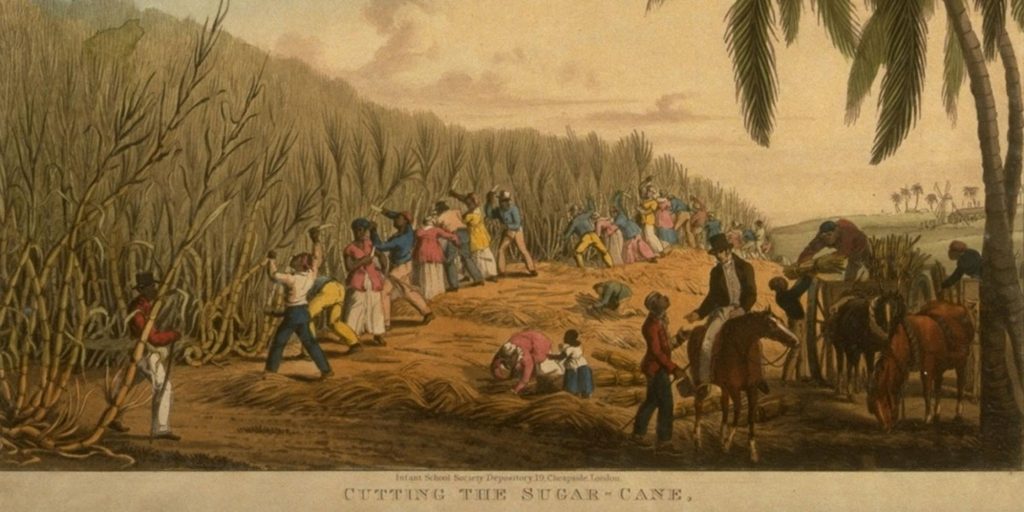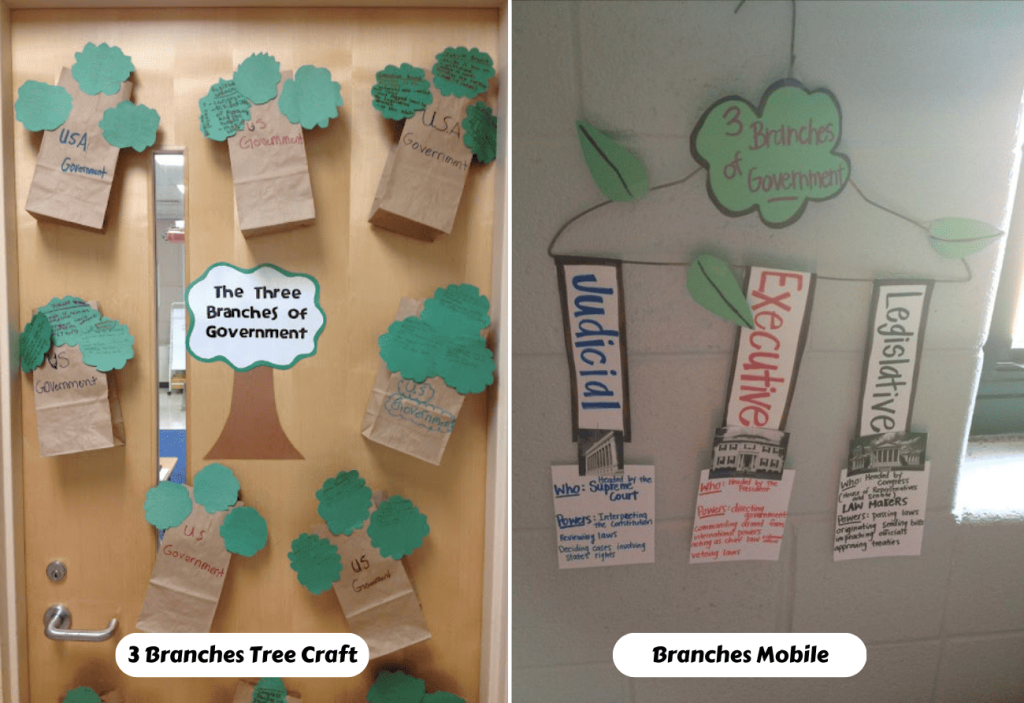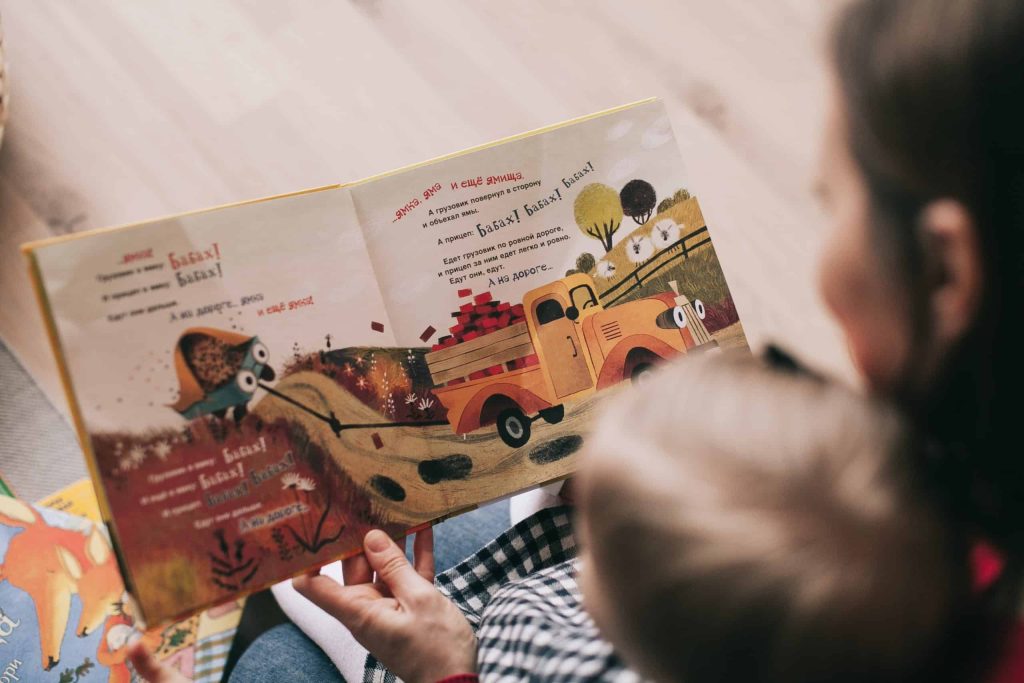Introduction:
Celebrate Presidents’ Day by engaging in some fun and patriotic activities! This holiday is the perfect time to learn about America’s history while creating lasting memories with friends and family. Here are 15 perfect Presidents’ Day activities to enjoy and honor this special day.
1. Visit a Presidential Library or Museum
Load up the car and head to one of the many presidential libraries or museums across the country, where you can explore our nation’s history through exhibits, artifacts, and special events.
2. Watch a Presidential Documentary
Pick a favorite president or explore a new one by watching an informative documentary. Learn about their accomplishments, challenges, and moments that defined their time in office.
3. Plan a Historical Scavenger Hunt
Create a scavenger hunt with clues related to past presidents, monuments, or historical events. Make it extra engaging for kids by including fun prizes at each stop.
4. Participate in Community Celebrations
Join your local community for parades, fireworks shows, or historical reenactments that may be taking place in honor of Presidents’ Day.
5. Volunteer at a National Park
Give back on this patriotic holiday by volunteering your time at a national park near you. Many parks even have educational programs dedicated to the nation’s history and past presidents.
6. Bake Presidential-Themed Treats
Whip up some treats inspired by past presidents’ favorite foods or desserts. Enjoy cherry pie in honor of George Washington, indulge in Thomas Jefferson’s famous macaroni and cheese recipe, or try out Abraham Lincoln’s favorite almond cake.
7. Read Presidential Biographies
Dive into the lives of your favorite presidents with captivating biographies that tell their stories from childhood to their time in office.
8. Create Presidential Artwork
Get creative by painting or drawing portraits of past presidents or famous landmarks like Mount Rushmore or the Washington Monument.
9. Write Letters to Servicemen and Women
Spread some cheer this Presidents’ Day by writing letters of support and gratitude to the brave servicemen and women who protect our country daily.
10. Attend a Presidential Lecture Series
Many universities host presidential lecture series or panel discussions around Presidents’ Day. Attend one in your area to learn more about our nation’s leaders and their legacies.
11. Have a Presidential Trivia Night
Gather friends and family members for a fun-filled evening of presidential trivia, testing everyone’s knowledge of America’s leaders, their policies, and historical events.
12. Take a Virtual Tour of the White House
Explore the White House from the comfort of your home with an immersive virtual tour that showcases its rich history, art collections, and storied past.
13. Visit Historic Sites & Monuments
Pay a visit to important historic sites such as Mount Vernon, Monticello, or Gettysburg to better grasp our nation’s history.
14. Dress Up as Your Favorite President
Get everyone involved by dressing up as their favorite presidents and have a contest to see who can create the most authentic look.
15. Vote in a Presidential Mock Election
Hold a “mock election” with friends and family by having each member cast their vote for their favorite past president – discuss the reasons behind each choice afterward.
Conclusion:
Presidents’ Day is not just another day off work or school; it’s a meaningful holiday that celebrates America’s rich history and past leaders. Use these 15 activities to engage your friends and family while honoring our nation’s presidents this year.
